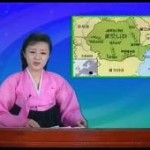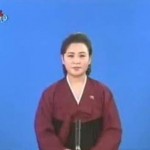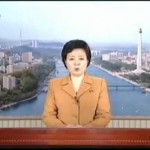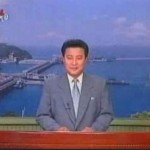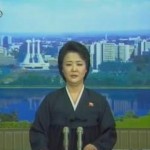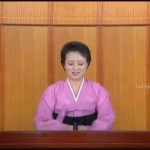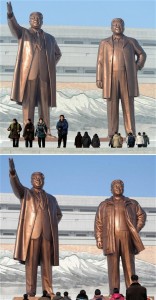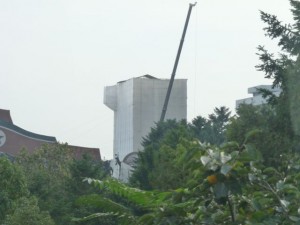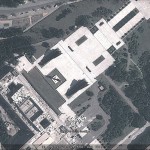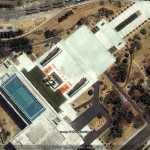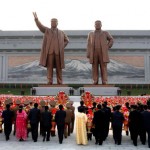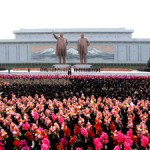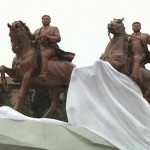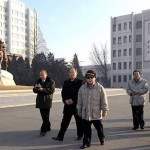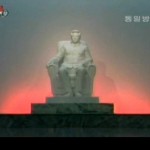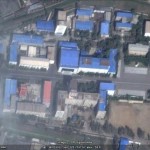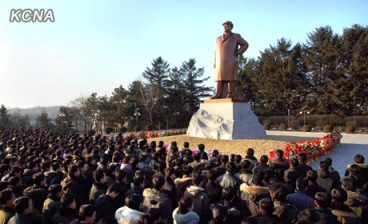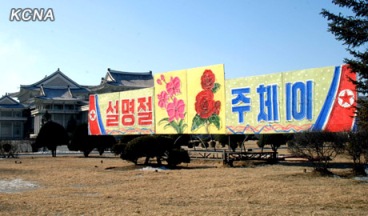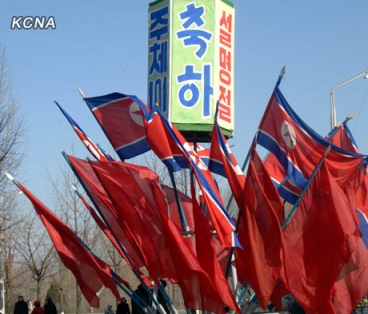Below is a before/after comparison.
Pictured Above: Mansudae Grand monument. (L) Google Earth, (R) Digital Globe
Statues of President Kim Il Sung and leader Kim Jong Il were successfully built on Mansu Hill.
The statues portray smiling Kim Il Sung who indicates the way ahead with his hand held forward and smiling Kim Jong Il blessing Songun Korea prosperous morrow while looking far into its bright future in the new century.
Large sculptures on both sides of the statues have been renovated on the highest level.
The unveiling ceremony took place with splendor Friday.
There were huge crowds of people from all walks of life, servicepersons, youth and students, 300 000 in all, on Mansu Hill and nearby streets. They were holding bouquets and balloons.
Supreme leader of the Workers’ Party of Korea and the people of the DPRK Kim Jong Un, first secretary of the WPK, first chairman of the National Defence Commission of the DPRK and supreme commander of the Korean People’s Army, was present at the opening ceremony.
Present there were senior party, state and army officials, chairpersons of friendly parties.
Also on hand were delegates to the celebrations of the centenary of the birth of the President, creators, officials and employees of the Mansudae Art Studio, officials of the party, armed forces and power bodies, social organizations, ministries and national institutions, anti-Japanese revolutionary fighters, anti-Japanese patriotic martyrs, servicepersons of the Korean People’s Army and the Korean People’s Internal Security Forces (KPISF), officials in the fields of science, education, literature and arts, public health and media, heroes, bereaved families of revolutionary martyrs, men of merits and working people in the city.
Also present there were a delegation of the Koreans in Japan and delegations of overseas compatriots and overseas Koreans, the chief of the Pyongyang mission of the Anti-Imperialist National Democratic Front, diplomatic envoys of different countries and representatives of international organizations here and foreign guests who are participating in the World Congress on the Juche Idea, the international festival and the April spring friendship art festival.
The statues were unveiled by senior party, state and army officials.
The moment thunderous cheers of “Hurrah!” resounded forth, fireworks were displayed and balloons were released.
Laid before the statues were large floral baskets in the joint name of the Central Committee of the WPK, the Central Military Commission of the WPK, the National Defence Commission of the DPRK, the Presidium of the Supreme People’s Assembly, Cabinet and in the name of all the Korean people.
Laid were floral baskets in the name of ministries, national institutions, armed forces organs, provinces, cities, counties, important units which were visited by the President and Kim Jong Il, units of the KPA and the KPISF, party and power bodies and factories, enterprises, co-op farms, universities, colleges and schools in Pyongyang and local areas.
Floral baskets were also laid by the diplomatic corps and the military attaches corps here and foreign guests and overseas compatriots.
All the participants bowed to the statues.
Kim Yong Nam, member of the Presidium of the Political Bureau of the WPK Central Committee who is president of the Presidium of the Supreme People’s Assembly of the DPRK, made a speech.
He said that Kim Jong Un instructed to build the statue of Kim Jong Il on Mansu Hill together with that of Kim Il Sung and energetically led the work to build them on the highest level in the shortest time possible.
It was possible to erect the statues on the highest level in a matter of some 100 days thanks to the yearning and devotion made by all the soldiers and people, overseas Koreans and the world progressives.
This great auspicious event is a precious fruition of the noble moral obligation of Kim Jong Un and his energetic leadership. It is also a striking manifestation of the unshakable will of the army and people of the DPRK to hold Kim Il Sung and Kim Jong Il in high esteem for all ages.
